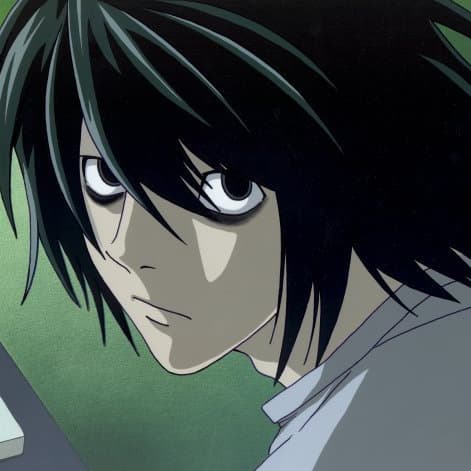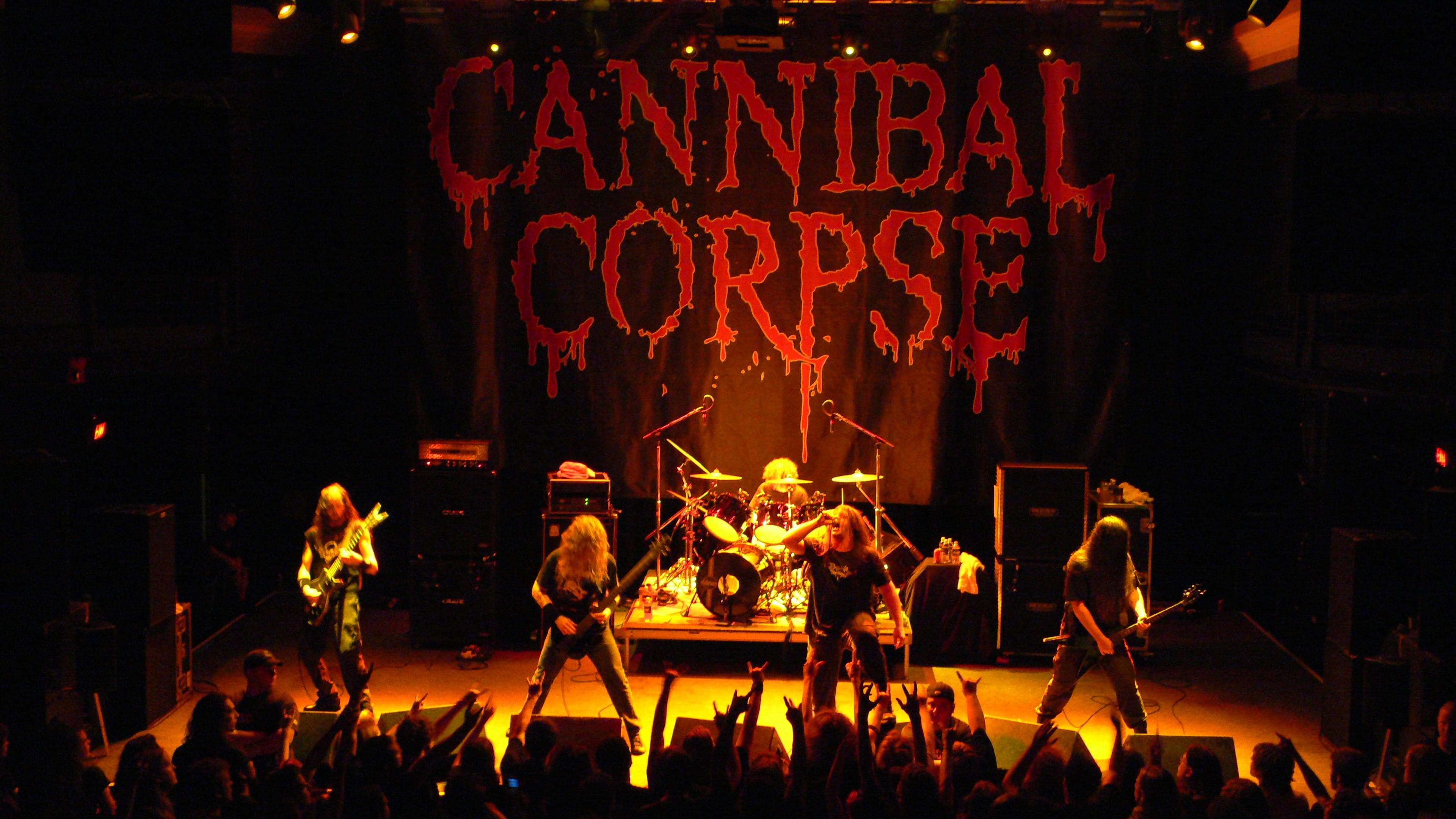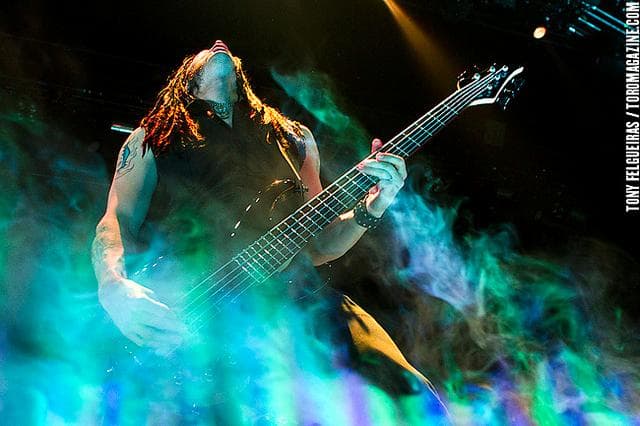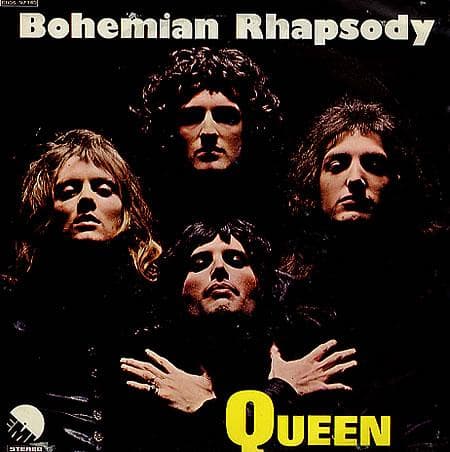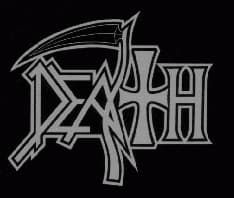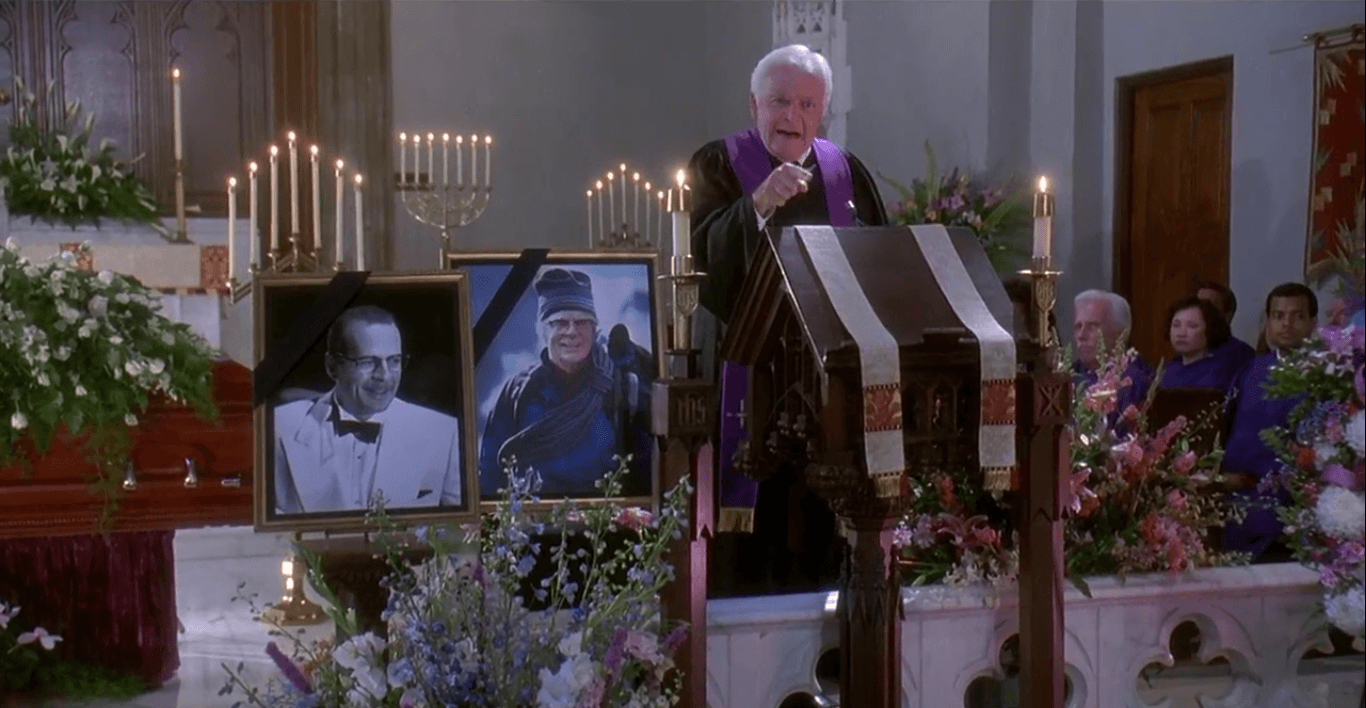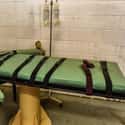-
(#7) Kelsey Patterson
- Dec. at 50 (1954-2004)
Kelsey Patterson was convicted of shooting Louis Oates, 63, and Dorothy Harris, 41, at their workplace in Palestine, Texas. Patterson shot Oates in the back of the head, left, then came back to end Harris when he heard her screams at discovering Oates's body.
Patterson had been diagnosed with paranoid schizophrenia after two other non-fatal shootings, where was deemed unfit to stand trial. After Oates and Harris, it was reconfirmed Patterson suffered from schizophrenia - specifically, the delusion that he was being controlled by aliens. Despite this, Patterson stood trial, where he was convicted and sentenced to receive capital punishment.
The Texas Board of Pardons and Paroles advised the reduction of Patterson's sentence to life imprisonment on the grounds of mental illness. Governor Rick Perry overruled the board because Texas didn't have a sentence of life in prison without the possibility of parole. Patterson was executed in May 2004.
-
(#10) Johnny Garrett
- Dec. at 29 (1963-1992)
In 1992, Johnny Frank Garrett received the lethal injection in Texas for the stabbing and assault of Sister Tadea Benz, a 76-year-old Roman Catholic nun. Garrett, 17, reportedly had learning disabilities and suffered from multiple personalities as a result of childhood trauma. The case was founded on Garrett's admission of guilt, yet the minor had not signed the confession he claimed he was coerced into making.
Multiple witnesses who contradicted the timeline of the incident maintain that Garrett had been elsewhere. Garret was found guilty based on circumstantial evidence that forensics did not corroborate.
-
(#4) Caryl Chessman
- Dec. at 39 (1921-1960)
Caryl Chessman became a key figure in anti-death penalty sentiment in the 1950s after being convicted of numerous offenses in 1948 under the pseudonym the "Red Light Bandit." The jury determined that Chessman had caused bodily harm during one of the alleged kidnappings, making him eligible for capital punishment - despite none of the victims actually dying.
From death row, Chessman wrote books maintaining his innocence and insisting that his original confession had been coerced through torture. His trial became a media circus, with Chessman defending himself and a botched transcript that was noticeably edited after the court stenographer's unexpected passing. There was widespread outrage over the case, and Chessman had numerous public figures clamoring for a new trial, including former first lady Eleanor Roosevelt, writer Ray Bradbury, and poet Robert Frost.
On May 2, 1960, Chessman finally went to the gas chamber at San Quentin Prison - just as a legal secretary called with news that a federal judge had issued one more stay of execution. But by the time the news reached prison officials, Chessman was gone.
-
(#11) Troy Davis
Troy Davis was convicted of ending the life of off duty police officer Mark MacPhail on August 19, 1989. MacPhail was working as a security guard when he went to the aid of a homeless man who was being harmed in a nearby parking lot. Someone then shot MacPhail. Davis was apprehended, and nine witnesses implicated him as the culprit, with several claiming Davis had confessed to them.
The defense hinged on the fact that there was no DNA evidence and the weapon was never found. Affidavits were also provided in which seven witnesses recanted their statements about the night of the incident, with several accusing another man of being the culprit.
The case provoked international outrage and pleas for clemency by high profile public figures, including former US President Jimmy Carter. By the date of execution, nearly one million people had signed a petition to the Georgia Board of Pardons and Paroles to grant a stay of execution. Even so, Davis received the lethal injection on Sept 21, 2011.
-
(#3) The Scottsboro Boys
Even 80 years later, the phrase "Scottsboro Boys" is shorthand for capital punishment sentences doled out due to race. Based on the judgment of all-white juries, nine Black teenage boys were found guilty of assaulting two white women on a freight train in 1931. Eight were sentenced to the electric chair. The ninth boy, at only 13 years old, was sentenced to life in prison. The proceedings were a farce from the beginning, with all nine trials being handled in just one day, last-minute defense attorneys, and a lynch mob demanding the surrender of the teenagers outside the court.
The convictions led to demonstrations around the country, and the case eventually made it to the Supreme Court. The convictions were reversed because of the lack of an adequate defense, with charges being dropped against four of the men. After numerous appeals, retrials, and reversals, none of the men were executed, though many served long prison terms - all based on conflicting evidence.
-
(#1) Sacco and Vanzetti
Italian immigrants Nicola Sacco and Bartolomeo Vanzetti were executed in 1927 after a highly contested series of trials over the shooting of a security guard and paymaster during a 1920 armed holdup. The trials are now seen to be highly flawed, featuring a poor defense, conflicting witnesses speaking in thick Italian accents, and evidence of the jury tampering with evidence. The men were followers of Italian anarchist Luigi Galleani, and anti-Italian sentiment almost certainly played a role in their execution.
After their convictions, the accused men waged a six-year legal battle that went all the way to the Supreme Court twice, with numerous public figures calling for new trials. Another man even confessed, ex-convict Celestino Madeiros, but the die was cast, and the two men went to the electric chair on August 23, 1927. Historians still debate whether either man really pulled the trigger, although dubious forensic evidence later indicated that Sacco's gun was used in the incident.
New Random Displays Display All By Ranking
About This Tool
The death penalty has been controversial before. Since the reinstatement of the federal death penalty in the United States in 1988, there have been only three federal executions so far. Every time the death penalty execution would protest by human rights and religious people, they do not believe that the US court’s death penalty verdict is fair, and believes that it is prone to prejudice.
Facts have proved that the judicial system is indeed not foolproof. In the 21st century, the number of death sentences and executions in various states has fallen sharply. The random tool explained 13 of the most controversial death penalty executions in American history.
Our data comes from Ranker, If you want to participate in the ranking of items displayed on this page, please click here.

